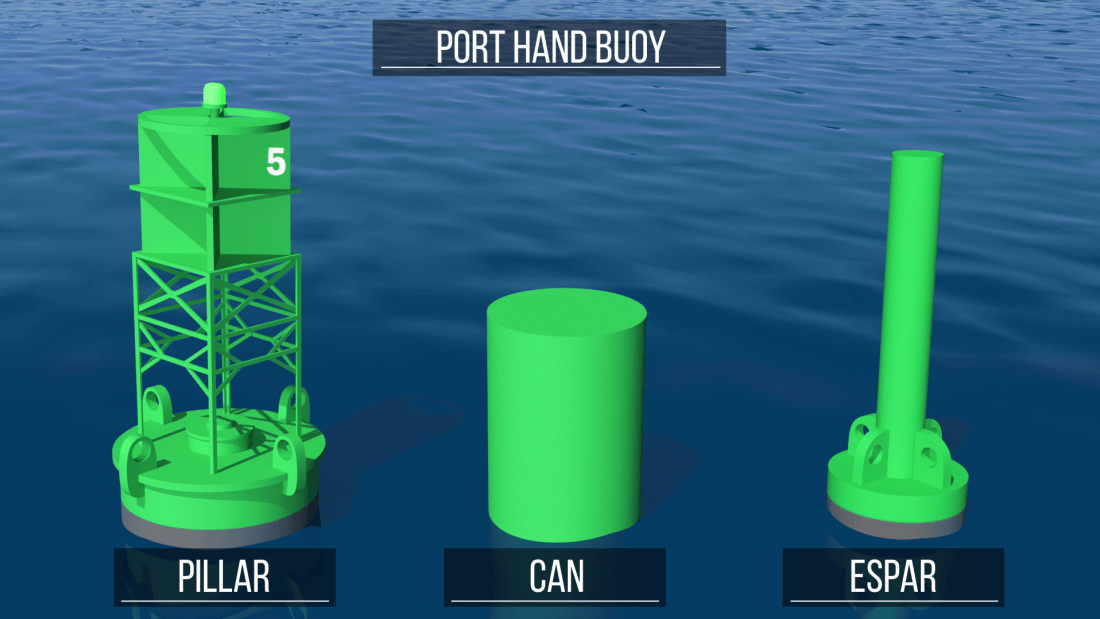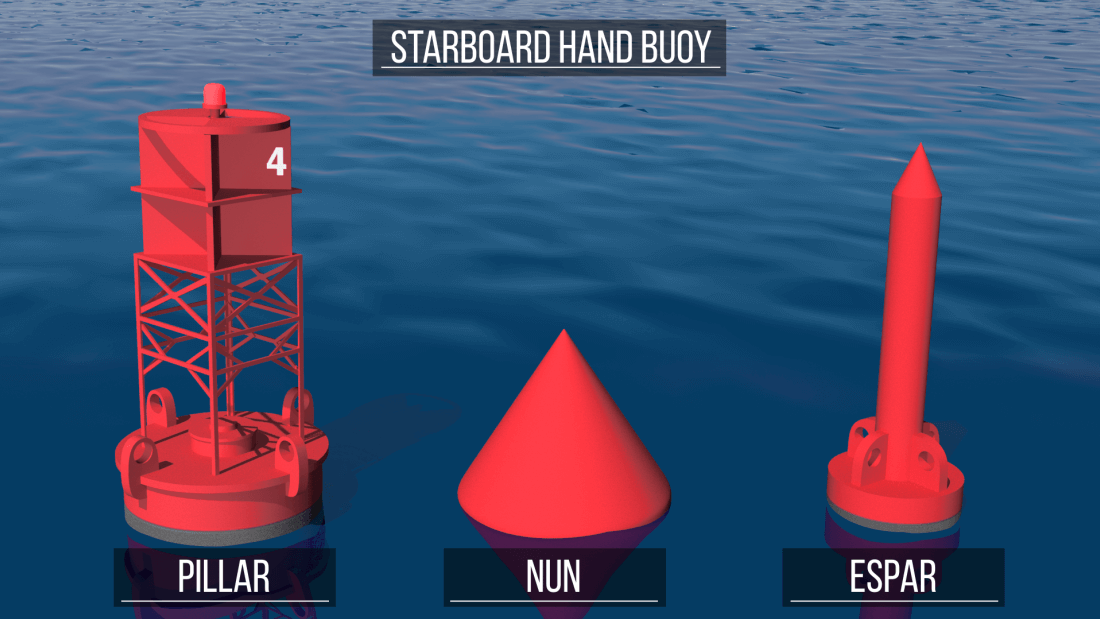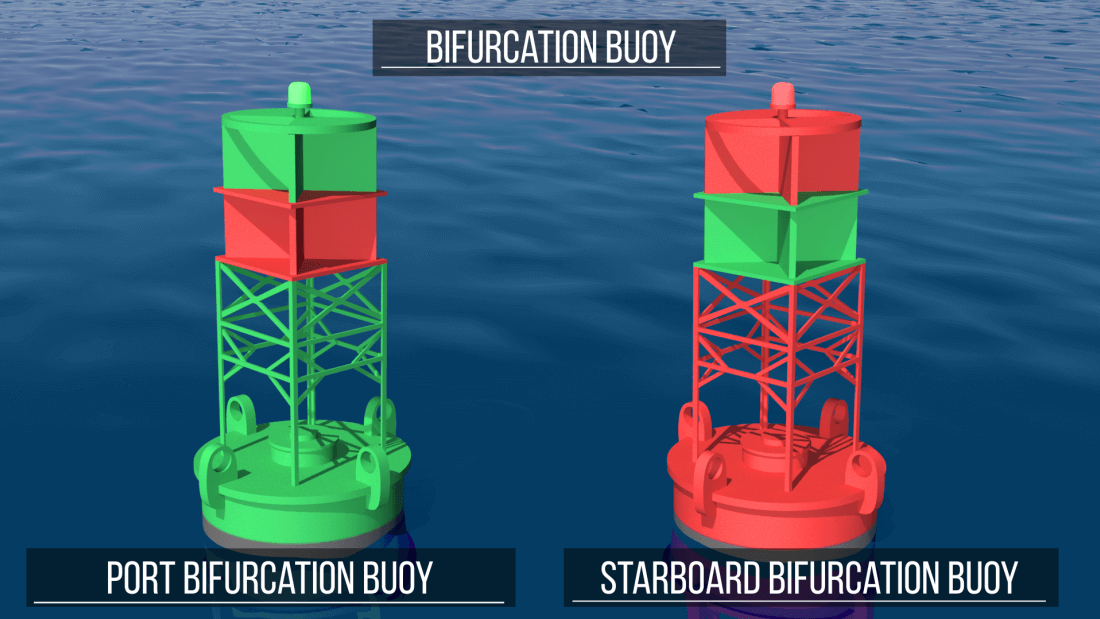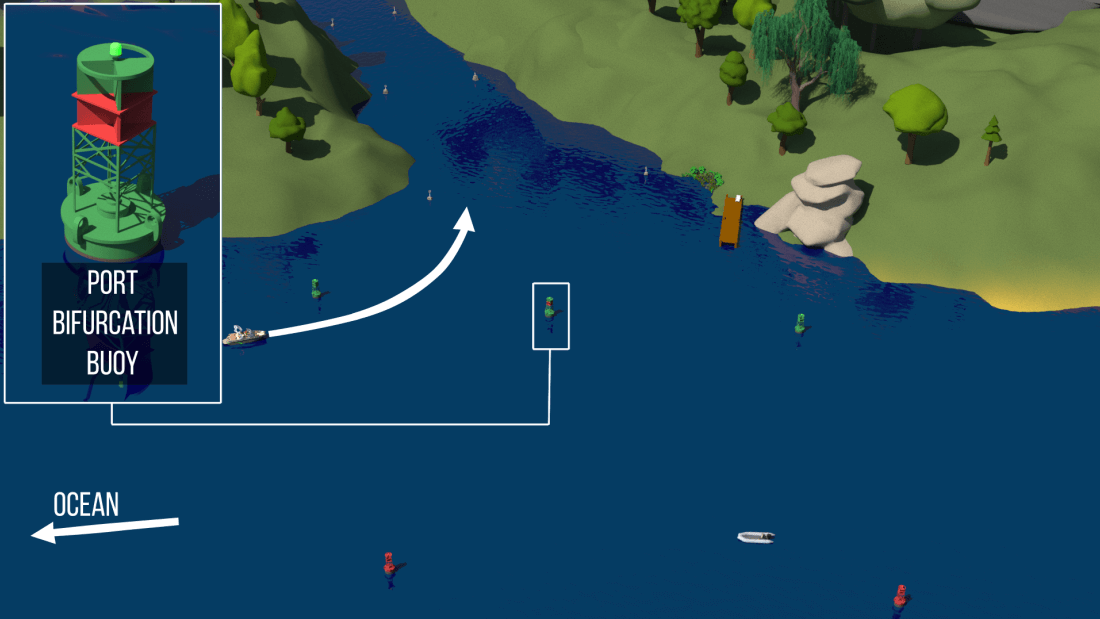Understanding Waterway Signs: A Boater’s Guide
Waterway signs, also known as aids to navigation, act like road signs on the water. They help boaters understand where it’s safe to travel, where hazards exist, and which areas are restricted or protected. Knowing these markers isn’t just about convenience — it’s about safety, navigation, and respect for the rules of the water.
1. Why Waterway Signs Matter
Unlike roads, waterways have no painted lines or traffic lights. Conditions can change with currents, tides, and weather, so navigational aids provide the information needed to travel safely. They help you:
-
Identify safe channels and routes.
-
Avoid underwater hazards or shallow areas.
-
Know which side to pass on.
-
Follow speed limits and restricted zones.
-
Protect swimmers, wildlife, and other boaters.
These signs are standardized across North America, following systems such as the Canadian Aids to Navigation System (ATON) and the U.S. Uniform State Waterway Marking System (USWMS).
2. Types of Waterway Markers
There are two main categories: buoys and beacons.
A. Buoys
Floating markers anchored to the bottom, often equipped with reflective surfaces or lights for night navigation. They can move slightly with wind or current.


B. Beacons
Fixed structures such as day beacons, towers, or posts attached to the shore or seabed. They often display shapes, numbers, or colors similar to buoys.
3. Lateral Buoys – Marking Safe Channels
Lateral buoys guide boaters through navigable channels and show which side to keep on when traveling.
Red Buoys (Even Numbers):
These mark the starboard (right) side of the channel when returning from open water. Remember the phrase:
“Red, Right, Returning.

Green Buoys (Odd Numbers):
These mark the port (left) side of the channel when returning from open water.
When heading out to sea, the reverse applies — green on the right and red on the left.

Preferred Channel buoy (Red and Green Stripes):
These indicate where a channel splits.
-
-
The top color shows the preferred or main channel.
For example: -
Red on top: Keep buoy on your right to stay in the main channel.
-
Green on top: Keep buoy on your left.
-

